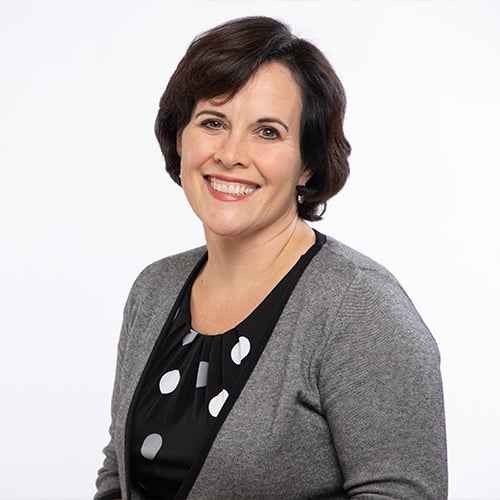This is the second of a two-part series. Read the first part here.
In elementary school, we were taught that 1+1 = 2.
But those who have led dynamic teams or powerful collaborations know that 1+1 can also equal 3.
This math makes sense to those who understand the exponential power of partnership. But while the + symbol is easy to write, it’s not always easy to pull off. How do you get to the +? What does it take to manage and navigate that “and” to a successful equation?
We recently explored the concept of how organizational ecosystems can help position a non-profit for greatest impact. But how do you build such an ecosystem, especially if partnerships are new? Over the years, we have learned a few things at DBD Group in facilitating collaboration—whether it is forming new relationships, exploring ties with new medical partners, or even mergers.
Trust
Just like in fundraising, the foundation of collaboration is relationship. We must invest time and energy in building connections in an ecosystem before productive work can start. Staff, boards, and organizations must decide if they even like each other enough to consider forming more ongoing relationships. This cultivation work takes time—and the processes therefore require patience.
Tod Bolsinger says in Canoeing the Mountains, “No one is going to follow you off the map unless they trust you on the map.” Trust on the map comes first. This means deepening trust in who you each are and what your organizations are doing today, before you dive into something new. Collaborations travel at the speed of trust—and you can only go as far and as fast as relationships will carry you.
Leadership
Collaboration is also grounded in leadership. CEOs and key volunteers provide important foundations for any partnership. Programmatic collaborations can be created by staff, but other strategic discussions benefit from board involvement. Strengthening an ecosystem is about visioning, advocacy, and new strategic directions. These opportunities for engagement of volunteers can build capacity and leverage expertise of the boards whether the collaboration ultimately happens or not.
Alignment
Mission and values alignment are also critical. The greatest partnership idea will not work if two organizations’ purposes, visions, or values are not a match. Taking time to explore the alignment at the beginning of a partnership will pay off in the end, because significant differences can derail new initiatives.
Timetables also need to align. Collaborations will move at the pace of the slowest runner. If one organization is not as enthusiastic as the other, has competing priorities, or ponders too long about strapping on its running shoes, you won’t get far very fast.
As Tod Bolsinger said in Canoeing the Mountains: What is ahead of us is nothing like what is behind us. This is new territory—a new map to a new world. So, get out those running shoes, identify a possible partner or an important purpose to convene a group, and start your discovery. If you would like some help in exploring a possible collaboration or deepening relationships in your ecosystem, give us a call.
DBD helps non-profits facilitate partnerships, collaborations, and mergers. If you would like to learn more about how we can support your organization in such an effort, click here for a free consultation to learn more.
Photo by Emma Gossett on Unsplash

